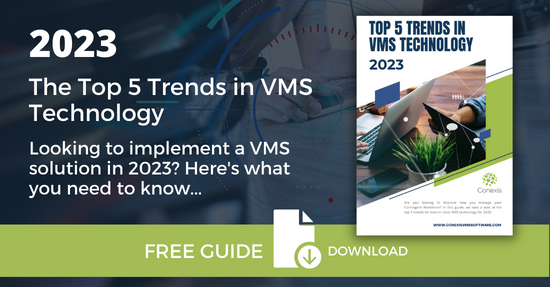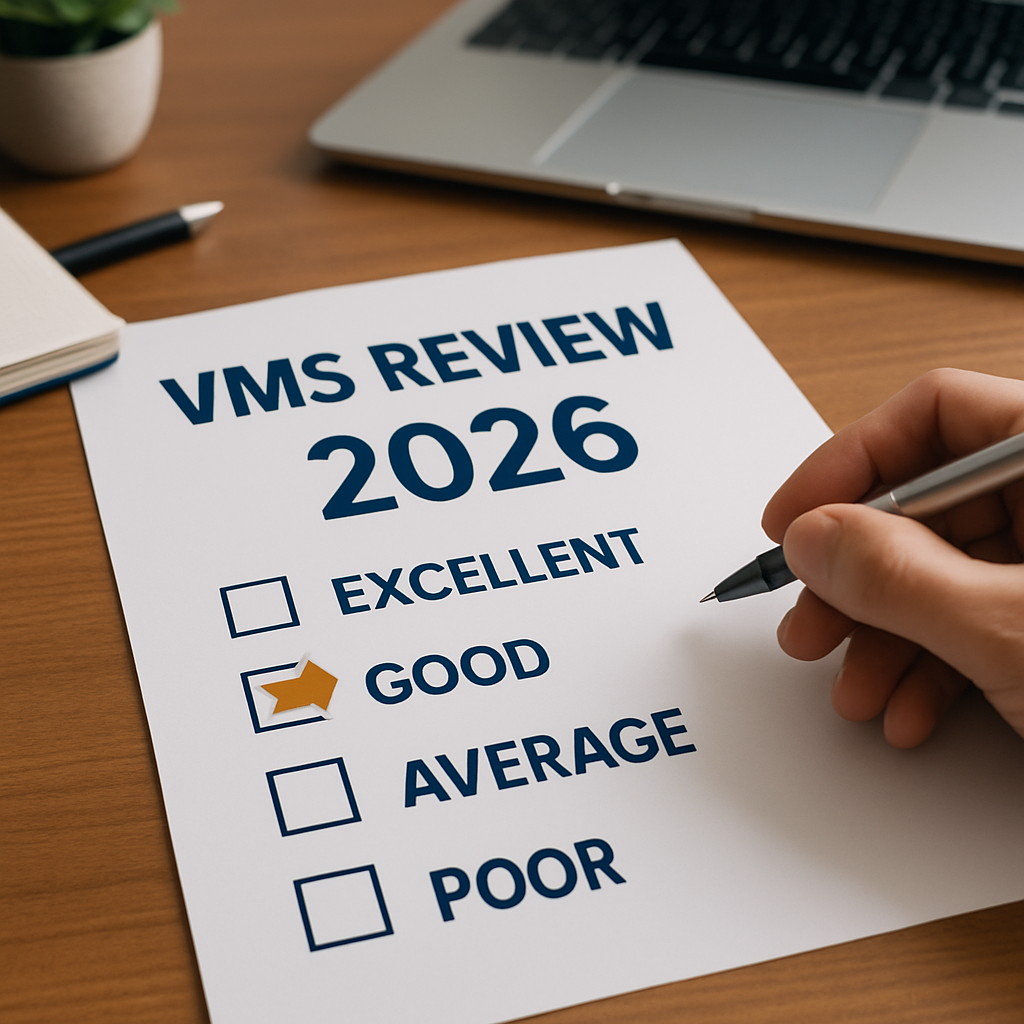The world of business is constantly evolving, and the tools and technologies used to manage the contingent workforce and the vendors associated with this category are no expectation.
Vendor management systems (VMS) have long been an important tool for companies looking to streamline their operations, gain visibility and control over their contingent workforce program, reduce costs, and improve relationships with their suppliers.
But they aren’t the only tools that businesses use to manage their workforce. Almost every company of a reasonable size now has a human resource information system (HRIS) to manage their employees, an applicant tracking system (ATS) to source workers, and a payroll platform to pay them - in addition to many other tech solutions.
With this revolution in HR technology as well as general technology advancements, the concept of a VMS as a standalone solution is at a crossroads. The question organizations need to ask themselves…
‘What is the future role of a VMS in our organization?’
With that in mind, let’s take a look at the five top trends for the vendor management system industry in 2023.
This blog is a summary of our new guide, Top 5 Trends in VMS Technology for 2023. If you would like to explore this subject in further detail please feel free to download your copy by clicking the below image.
1 - VMS software should integrate with IT infrastructure
Traditionally, legacy VMS systems have built native functionality to do things like manage background checks, schedule interviews, and send email notifications to name a few. In addition, the old way of having systems talk to each other was to build native custom integrations client by client. Custom code in both systems.
This is no longer practical, efficient or cost-effective. Modern vendor management systems must have built-in APIs that allow them to seamlessly connect, and share information, with other systems within a company’s IT infrastructure.
2 - VMS tech should become part of a centralized HR system
In the last five years, the desire for organizations to manage the entire workforce in one place (total talent management) has increased dramatically. The ability for technology to use APIs to integrate with existing IT systems has only pushed that trend even further.
That’s why we strongly believe that the vendor management system will move from being a standalone workforce management system to a secondary system integrated with other workforce and talent systems as part of a centralized HR system.
3 - Modern VMS software is being designed to be easy to use
Over the years innovation and new functionality were driven by the users of VMS technology. As the years have gone by, all of this native functionality has caused many of the older systems to become heavy and sluggish. Many systems are built and maintained on older architecture that needs constant upgrading and maintenance.
The latest VMS user interfaces are simple, clean, adaptable, and configurable by the user. Organizations should consider re-evaluating their VMS system in 2023 if they are still using sluggish, legacy systems.
4 - Modern VMS software is built on a fresh tech stack
The biggest, and most popular, vendor management systems were built back in the late 1990s and have applied a large number of fixes, native functionality and added hundreds of pieces of custom functionality for customers. This has all resulted in horrible latency, poor user experience, and has made these systems extremely expensive to implement and maintain.
The latest generation of VMS platforms have been built using efficient code and the latest architecture - allowing these systems to be faster, adaptable, scalable, and easier to use.
5 - Data security is becoming increasingly important
As cybercrime increases, organizations are becoming increasingly conscious of their cybersecurity and data privacy efforts. Any technologies they invest in must also meet those same standards. Vendor management system providers will need to do more than ever before to ensure they are helping to protect data and enable organizations to meet their cybersecurity goals.
Interested in learning more about Vendor Management Solutions?
Whether you are looking for a new VMS Solution, or just getting started, we are here to help. See how easy Conexis is to use by taking a quick 2 minute Self-Guided Tour. Contact Us for a Free No-Obligation Consultation to discuss your workforce challenges (and get immediate actionable insights) or Book a Personal Demo Today!





